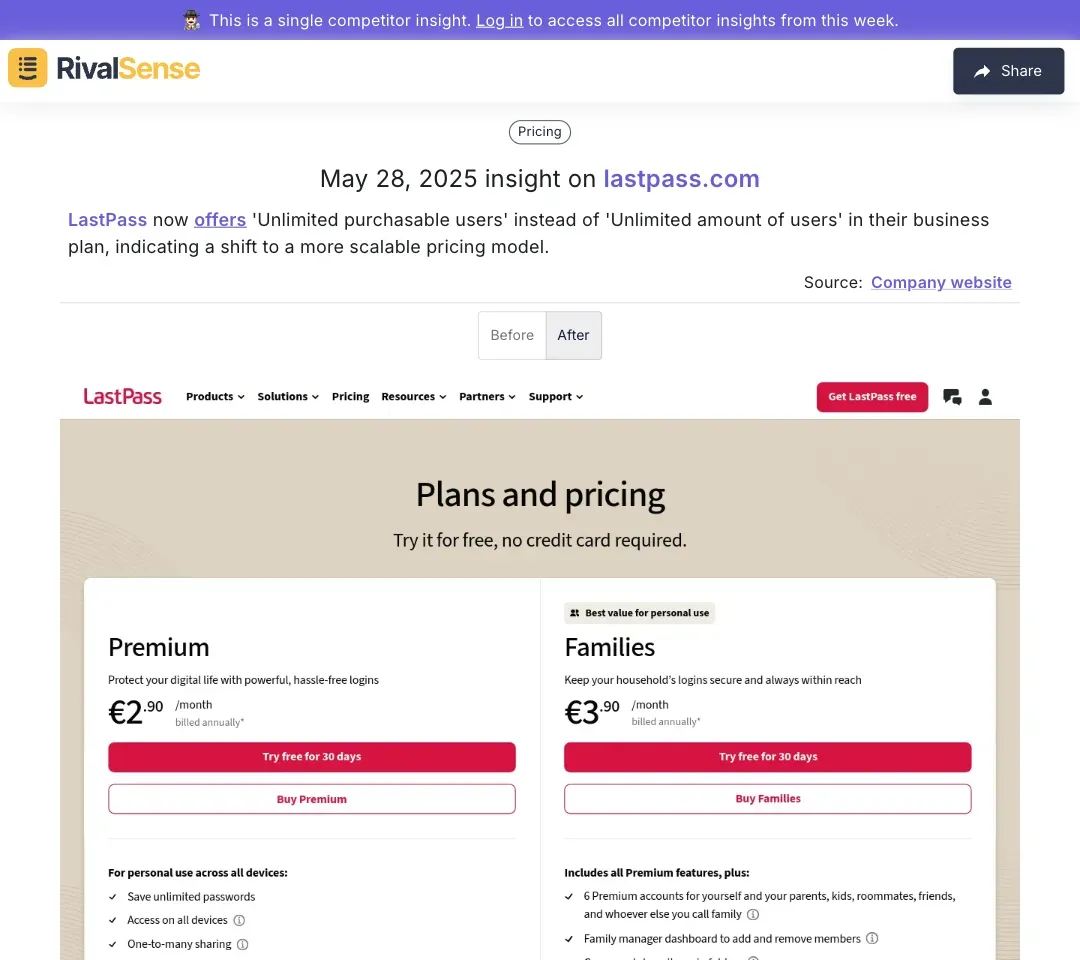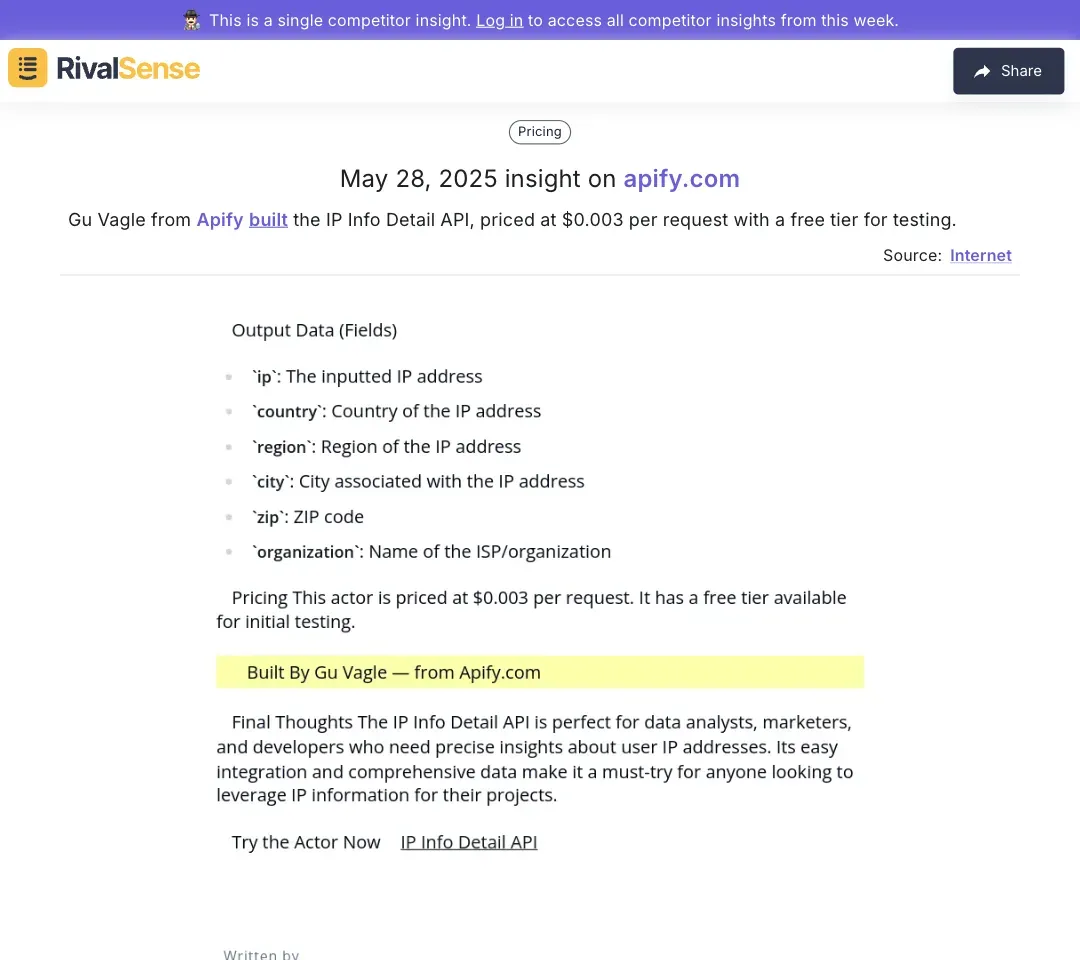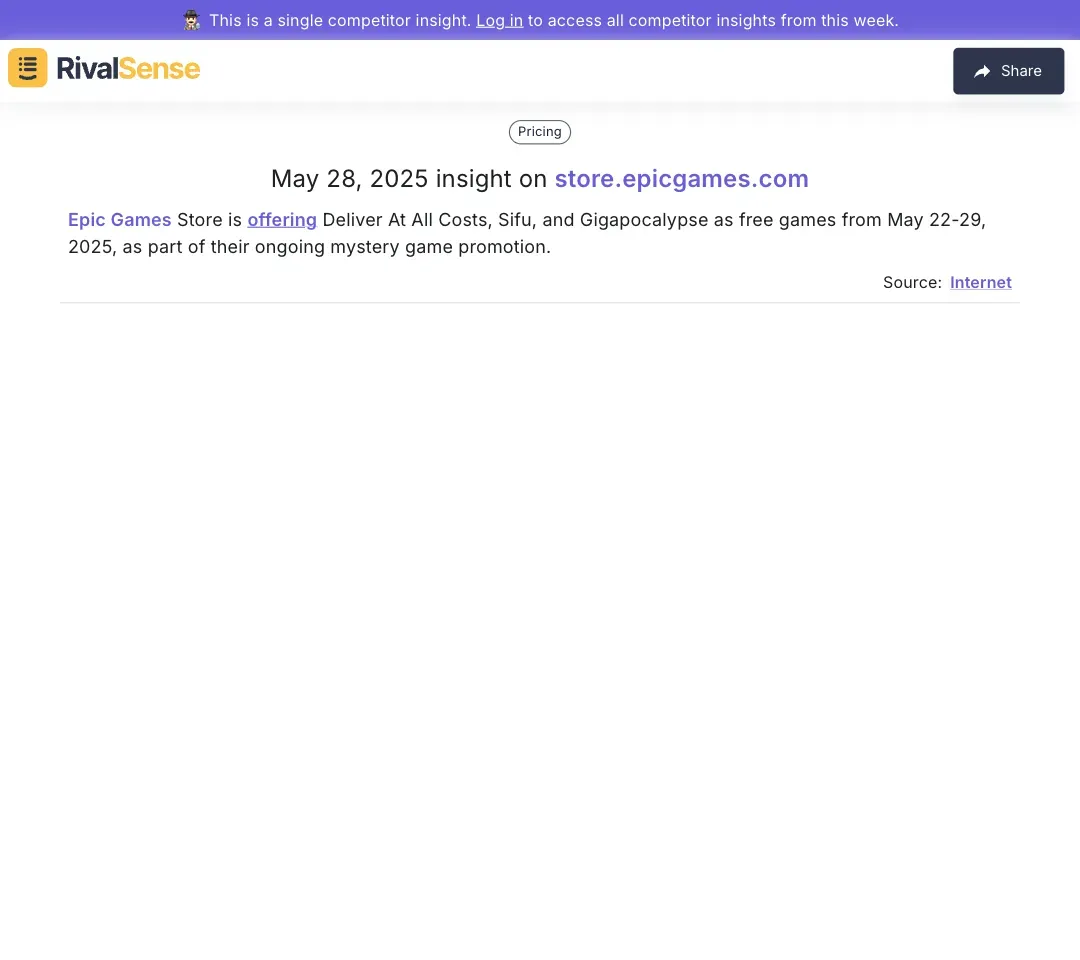Decoding Competitor Pricing: A Strategic Workflow for Business Leaders
Understanding competitor pricing strategies extends beyond simply tracking price tags—it's fundamental to shaping your business model and market positioning. By analyzing how rivals structure their pricing, you gain critical insights into market expectations, value perceptions, and untapped opportunities. This intelligence allows you to optimize your own pricing to avoid leaving revenue on the table or alienating customers with overpriced offerings.
Pricing shifts often signal strategic pivots, like targeting new customer segments or responding to market saturation. For instance, a sudden price drop may indicate a play for market share, while premium pricing could reflect a focus on high-value niches. Monitoring these changes helps you anticipate industry trends and refine your competitive approach.
Key advantages of pricing analysis:
- 🔍 Identifies market positioning gaps
- 📈 Reveals optimal price elasticity thresholds
- 💡 Uncovers opportunities for differentiated value
Analyzing Pricing Model Shifts for Scalability
Pricing model evolution frequently reveals how competitors balance growth ambitions with profitability. When companies adjust their tier structures or usage terms, they're often optimizing for long-term scalability rather than just immediate revenue. These strategic shifts provide invaluable lessons for refining your own monetization approach.
Consider LastPass's recent transition from 'Unlimited users' to 'Unlimited purchasable users' in their business plan. This nuanced change signals a deliberate move toward usage-based scalability—ensuring revenue grows proportionally with customer adoption.

Tracking such structural pricing changes helps you understand how competitors are future-proofing their revenue streams. When you spot these shifts early, you can evaluate whether similar models would benefit your growth trajectory.
Actionable framework for analyzing pricing shifts:
- Monitor pricing page updates weekly for wording changes
- Map feature allocation across tiers to spot value redistribution
- Calculate break-even thresholds for usage-based models
- Survey customer sentiment after competitor pricing changes
Leveraging Micro-Pricing and Free Tiers for Market Entry
Granular pricing strategies have revolutionized customer acquisition, particularly for technical products and APIs. Micro-pricing lowers entry barriers while creating natural expansion paths—ideal for penetrating competitive markets or attracting developer communities.
Apify's recent launch of their IP Info Detail API demonstrates this perfectly. Priced at $0.003 per request with a functional free tier, they've created frictionless onboarding while maintaining clear monetization pathways.

Spotting such implementations through competitor monitoring reveals how industry leaders balance acquisition costs with lifetime value. These insights help you design tiers that convert trial users without compromising unit economics.
Implementation checklist:
- ✅ Calculate minimum viable feature set for free tier
- ✅ Price entry-level usage below psychological thresholds
- ✅ Build automatic upsell triggers into user workflows
- ✅ Monitor competitor adoption rates for similar models
The Role of Promotions and Giveaways in Competitive Strategy
Limited-time offers and free distributions serve as powerful customer acquisition engines, especially when timed strategically. These tactics generate buzz while providing valuable data on price sensitivity and feature appeal—intelligence that informs long-term pricing architecture.
Epic Games Store's recent giveaway of three premium titles demonstrates this approach. By offering Deliver At All Costs, Sifu, and Gigapocalypse free for one week, they created urgency while expanding their user base.

Monitoring competitor promotions provides dual benefits: it reveals optimal timing for your own campaigns and exposes which product features resonate most with target audiences. This intelligence is crucial for balancing promotional impact against brand value perception.
Promotion optimization tactics:
- ⏱️ Schedule offers during competitor product launches
- 🎯 Target specific user segments to avoid margin erosion
- 📊 A/B test premium feature access in free trials
- 🔄 Rotate promoted products based on usage data
Building a Competitive Pricing Analysis Workflow
Systematic pricing intelligence requires more than occasional competitor checks—it demands a repeatable process. Establishing this workflow ensures you convert data into actionable pricing decisions that boost market position and margins.
Begin by identifying 5-7 core competitors with overlapping customer profiles. Prioritize those who frequently adjust pricing or experiment with new models. Next, implement automated tracking for their website pricing pages, promotional calendars, and tier restructuring announcements.
Scalable workflow architecture:
| Step | Tools | Output |
|---|---|---|
| Competitor Identification | Industry reports, CRM data | Prioritized watchlist |
| Data Collection | Monitoring tools, web scrapers | Structured pricing database |
| Change Detection | Alert systems, trend analysis | Change impact assessment |
| Strategy Adjustment | Pricing committees, A/B tests | Revised price sheets |
Critical success factors include automating data collection to eliminate manual errors and establishing monthly pricing review cadences. Remember: Value-based pricing consistently outperforms reactive competitor matching.
Conclusion: Turning Insights into Action
Competitor pricing intelligence transforms from interesting data to competitive advantage when systematically operationalized. The examples throughout this post demonstrate how observable pricing shifts—from structural model changes to tactical promotions—reveal rivals' strategic priorities and market assumptions.
Consistent monitoring is non-negotiable in dynamic markets. Consider implementing automated tracking to surface these insights without constant manual oversight. With weekly competitor reports, you'll spot opportunities like tier restructuring windows or promotional gaps before they close.
Ready to decode your competitors' pricing strategies?
👉 Get your first RivalSense competitor report today—free for 14 days. Discover hidden pricing shifts, promotion patterns, and model innovations that could reshape your market position.
Executive implementation checklist:
- 🔔 Establish real-time alerts for competitor pricing changes
- 📆 Schedule quarterly pricing strategy reviews
- 🤖 Automate data collection from key competitor properties
- 🧪 Test pricing adjustments in controlled market segments
📚 Read more
👉 Marketing vs. Business Strategy: How to Track Competitors Effectively
👉 Mastering Competitor Customer Success Analysis: A Step-by-Step Guide
👉 Advanced Tactics to Monitor SaaS & AI Competitive Threats
👉 How Jumio's Legal Move Reshaped Competitive Strategy in Digital Identity
👉 Data-Driven Insights on Advocacy Program Competitors Online
